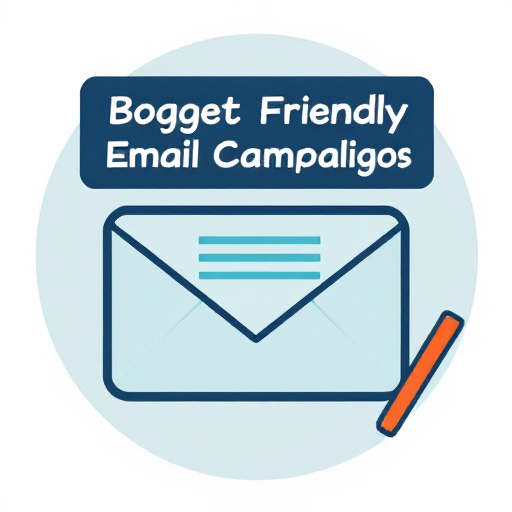Budget-Friendly Email Campaign Writing

Email marketing remains one of the most cost-effective and powerful tools for businesses to connect with their audiences. However, crafting an email campaign that is both impactful and budget-friendly requires a blend of strategy, creativity, and resourcefulness. In this guide, we’ll explore how to write and execute budget-friendly email campaigns that deliver results without breaking the bank.
1. Define Your Campaign Objectives
Every successful email campaign starts with clear objectives. Ask yourself:
- What is the goal of this campaign? (e.g., promoting a product, driving traffic to a website, nurturing leads)
- Who is the target audience?
- What key actions do you want recipients to take?
Having well-defined objectives will help you streamline your efforts and avoid unnecessary expenses.
2. Build and Segment Your Email List
Your email list is the backbone of your campaign. To keep costs low and engagement high:
- Grow your list organically: Use opt-in forms on your website, social media, and events to collect email addresses.
- Segment your audience: Group subscribers based on demographics, behavior, or preferences. Segmentation allows you to send personalized emails that resonate, boosting engagement and reducing wasted effort.
3. Choose an Affordable Email Marketing Tool
Many email marketing platforms offer budget-friendly plans or even free tiers with essential features. Some popular options include:
- Mailchimp (free tier for up to 500 subscribers)
- Moosend (affordable plans with robust features)
- Sendinblue (free plan with advanced analytics)
Evaluate these tools based on your campaign’s needs, such as automation, analytics, and design capabilities.
4. Write Compelling Content
Content is king in email marketing. To create compelling emails on a budget:
- Craft attention-grabbing subject lines: Aim for concise, intriguing subject lines to increase open rates. Examples: “Don’t Miss Out on This Deal!” or “Your Exclusive Invite Awaits.”
- Focus on value: Highlight how your product or service solves a problem or fulfills a need.
- Use clear CTAs (Call to Actions): Make it easy for recipients to take the desired action. Use buttons like “Shop Now” or “Learn More.”
- Keep it concise: Avoid overwhelming readers with long blocks of text. Use bullet points, short paragraphs, and visuals to make the email scannable.
5. Leverage Free or Low-Cost Design Tools
Professional-looking emails don’t require a big budget. Use free or affordable tools to create eye-catching designs:
- Canva: Design templates and graphics for your emails.
- Unsplash or Pexels: Access high-quality stock images for free.
- Your email platform’s editor: Most email marketing tools offer drag-and-drop editors with pre-designed templates.
6. Optimize for Mobile
With over half of all emails opened on mobile devices, ensuring mobile compatibility is crucial:
- Use a responsive email template.
- Keep subject lines and preheader text short.
- Ensure buttons and links are easy to tap.
7. Test Before Sending
Avoid costly mistakes by testing your email before sending it to your entire list:
- Check for typos, broken links, and formatting errors.
- Send a test email to yourself and team members to review.
- Use A/B testing to compare subject lines, content, or design elements.
8. Monitor and Analyze Performance
Tracking metrics allows you to refine your strategy and improve future campaigns. Key metrics include:
- Open Rate: Percentage of recipients who opened your email.
- Click-Through Rate (CTR): Percentage who clicked on a link or button.
- Conversion Rate: Percentage who completed the desired action (e.g., purchase, sign-up).
- Bounce Rate: Percentage of emails that failed to deliver.
Use your email platform’s analytics to identify what’s working and what needs improvement.
9. Repurpose Content
Stretch your budget by repurposing existing content:
- Turn blog posts into email newsletters.
- Share customer testimonials or reviews.
- Use snippets from whitepapers or eBooks as teaser content.
This approach saves time and reduces the need for creating new content from scratch.
10. Keep Compliance in Mind
Adhering to email marketing regulations avoids potential fines and ensures trust:
- Include an unsubscribe link in every email.
- Avoid spammy words or misleading subject lines.
- Comply with laws like GDPR (General Data Protection Regulation) or CAN-SPAM Act.
Budget-friendly email campaigns are achievable with careful planning, the right tools, and a focus on delivering value to your audience. By following these tips, you can create impactful campaigns that build relationships, drive engagement, and achieve your business goals without overspending.






